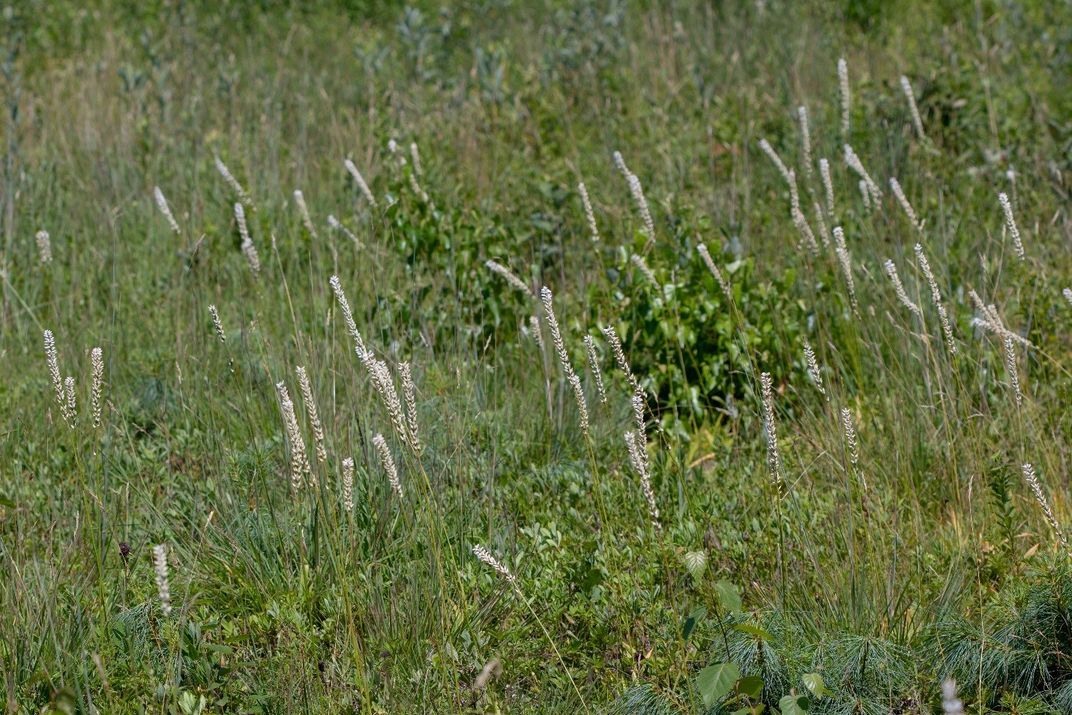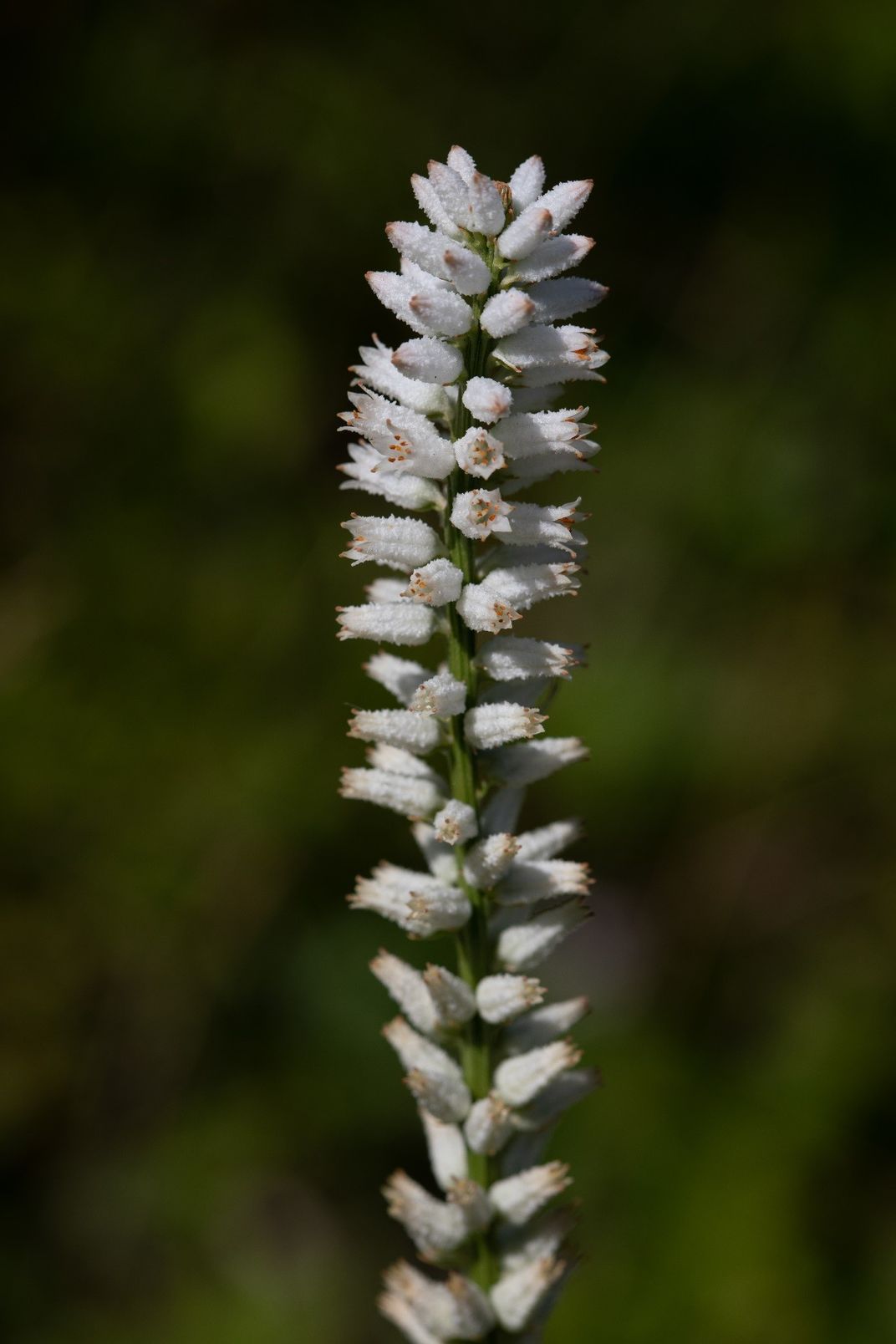Elusive “Unicorn” Plant Spotted in Maine for the First Time in 131 Years
The state’s Department of Agriculture has documented around 300 flowering unicorn root stems
Unicorn root, a member of the lily family known formally as Aletris farinose, is a funky-looking plant with clusters of white, tubular flowers wrapped around its long stalk. It grows in most eastern states and in Ontario, Canada, but as its name suggests, unicorn root can be hard to find. So officials in Maine were surprised when hundreds of flowering unicorn root stems popped up in a field in the town of Bowdoin. As Caitlin O’Kane reports for CBS News, the plant had not been seen in the state since 1887.
Also called white colic-root or colicroot, unicorn root likes to grow in open ground that is moist and sandy, like tallgrass prairies and meadows with little topsoil. But in the northeast, the plant is elusive. It has, for instance, been deemed threatened in New York and endangered in Pennsylvania and Ontario. According to the Ontario government, the main threats to unicorn root are “habitat destruction due to residential and road development and natural changes, such as when open fields gradually change into thickets and forests.”
In Maine, the plant was thought to have been completely “extirpated,” or eradicated, the Maine Department of Agriculture, Conservation and Forestry said in a Facebook post announcing the new discovery. Unicorn Root was known to exist in the state from just three specimens; two were collected in 1874 and 1879 by the botanist Kate Furbish, who devotedly documented Maine’s flora. The third specimen was found in 1887 near the city of Lewiston.
The unicorn root subsequently vanished from Maine for more than 130 years, only to make a grand reappearance in a privately owned “damp” field, writes Julia Bayly of the Bangor Daily News. The Maine Natural Areas Program, which is part of the state’s Department of Agriculture, has documented around 300 flowering stems to date.
Don Cameron, a botanist with the Maine Natural Areas Program, tells Bayly that the soil in the field where the unicorn root was found is very shallow, which is the right sort of habitat to nurture the plant. Why the unicorn suddenly began to proliferate there is unclear, though Cameron has a theory.
“Some [plant] seeds will persist for decades or even centuries in the soil,” he tells Bayly. “Then a fire comes along or a bulldozer moves the soil around and you will suddenly see plants you have not seen for a long time.”
But, he notes, “We don’t have all the answers.”
Like its mythical namesake, then, the unicorn root remains mysterious. But Maine may not have to wait another 130 years to see the plant again. According to Cameron, the owner of the field where the flowering stems were found is “very interested” in protecting them.

